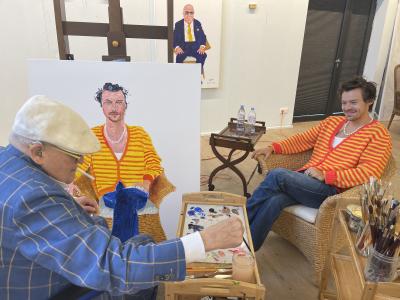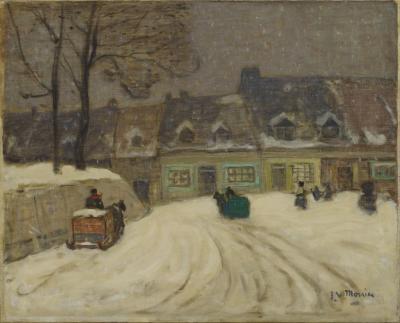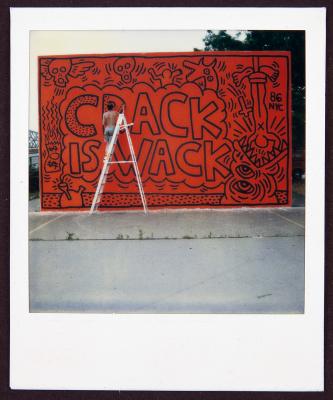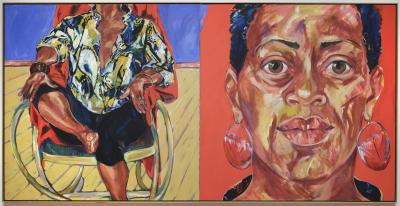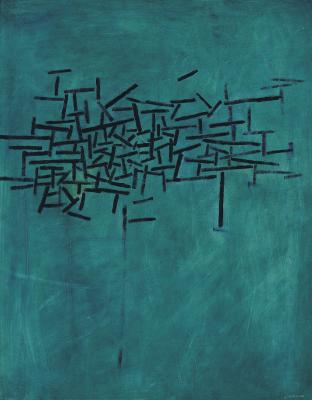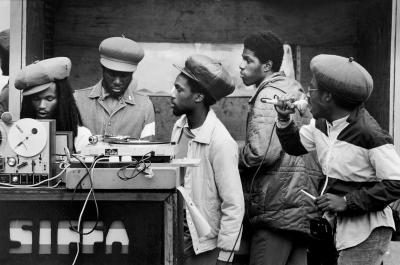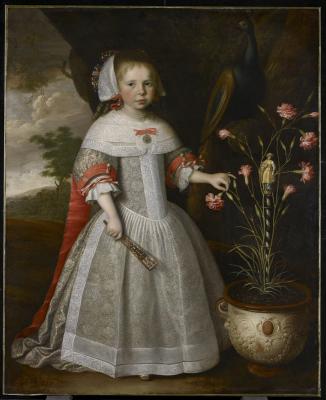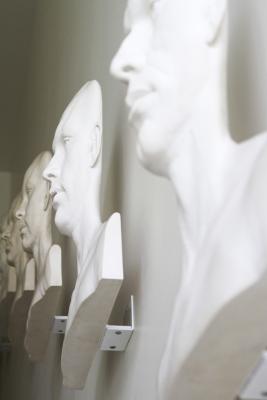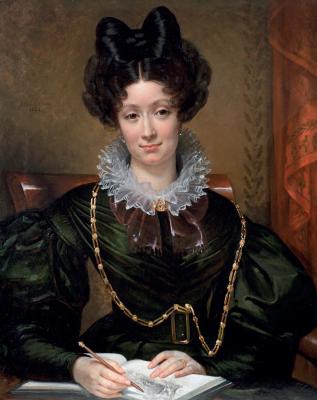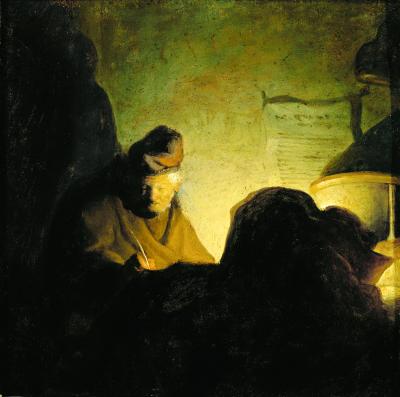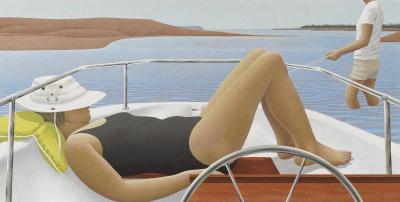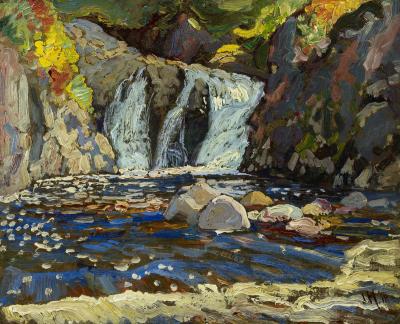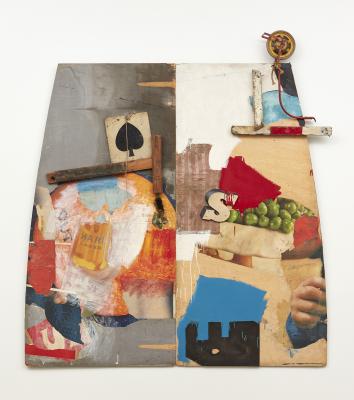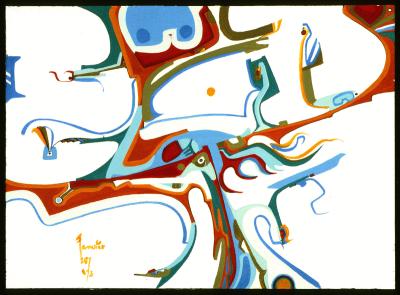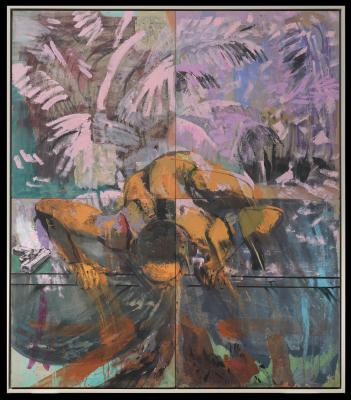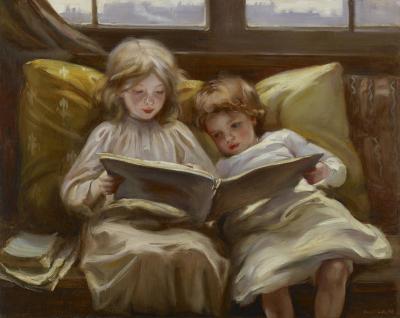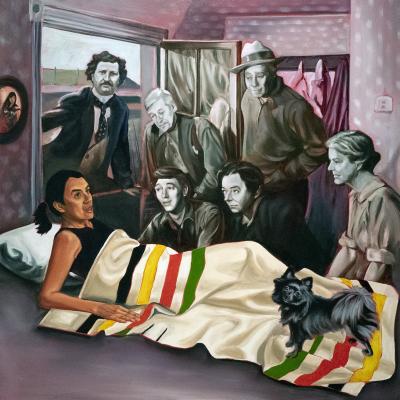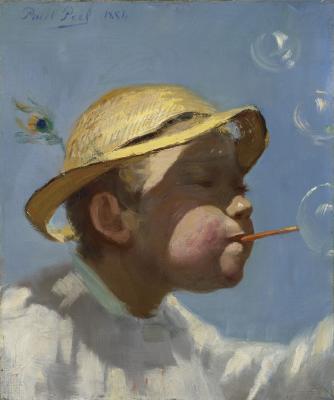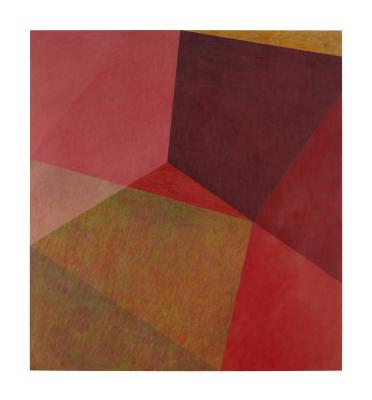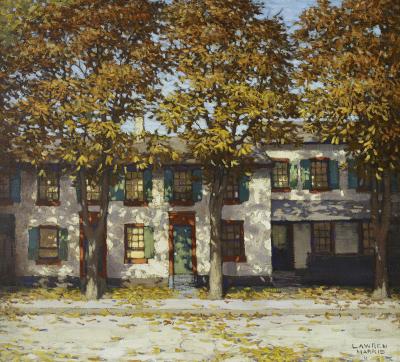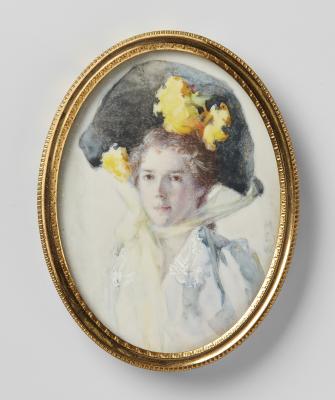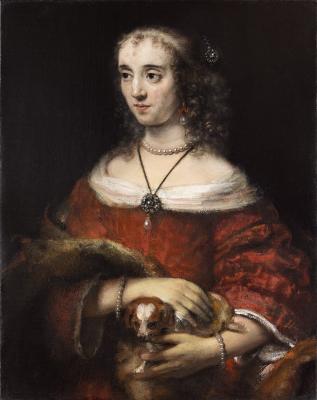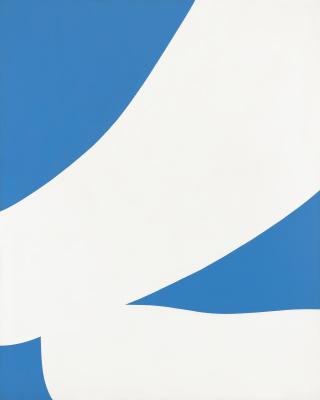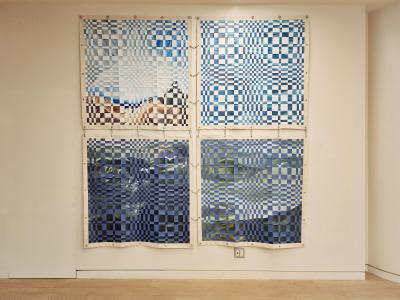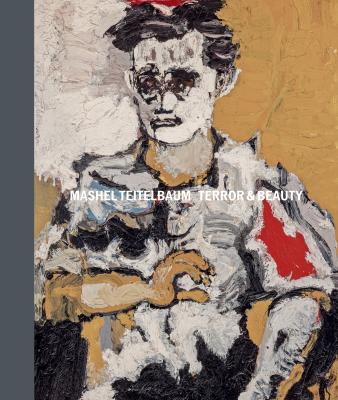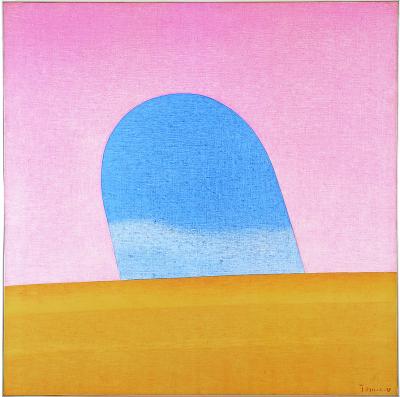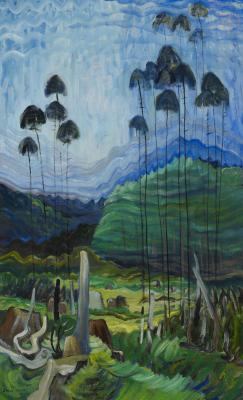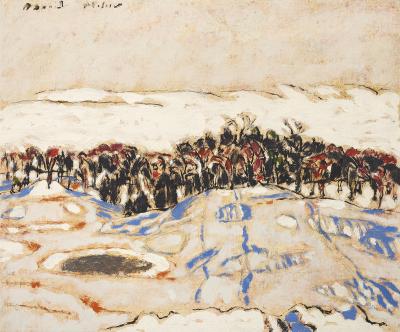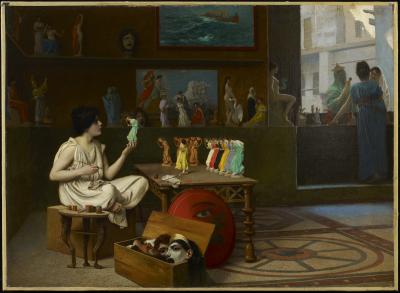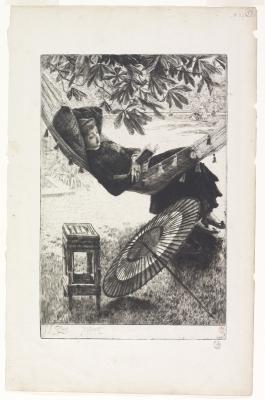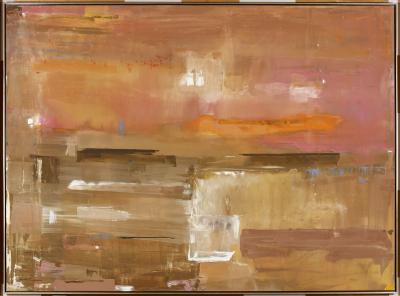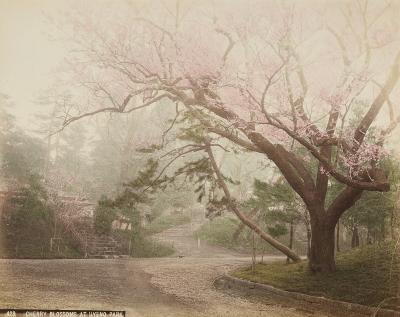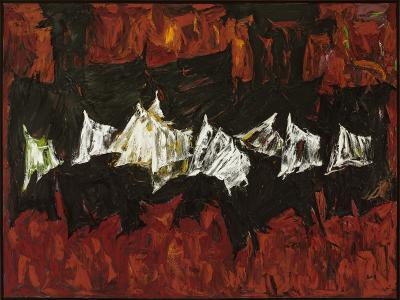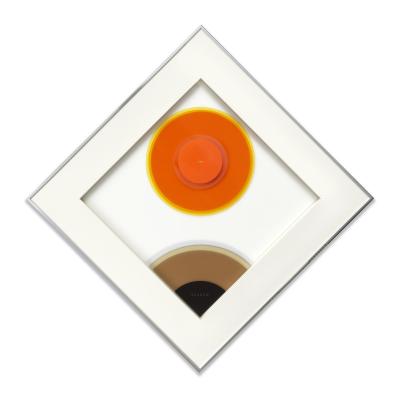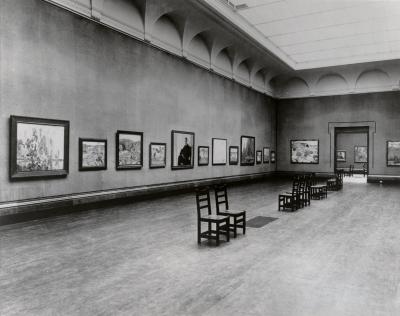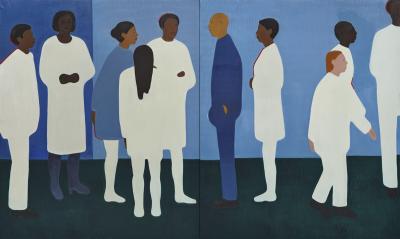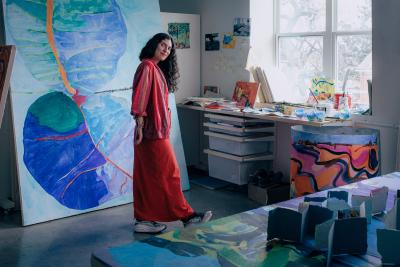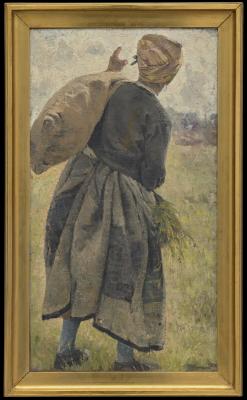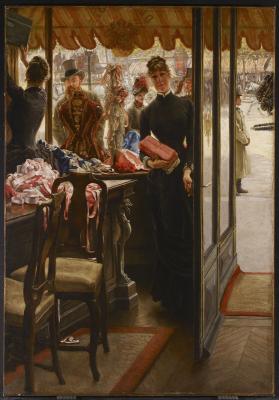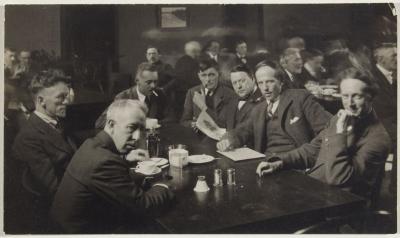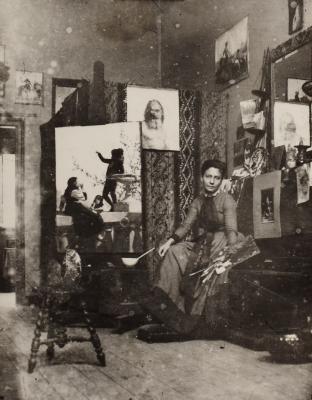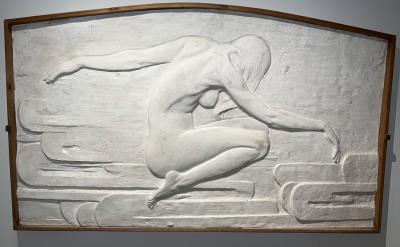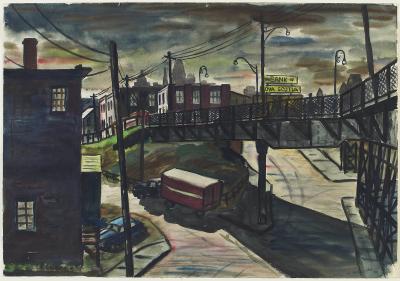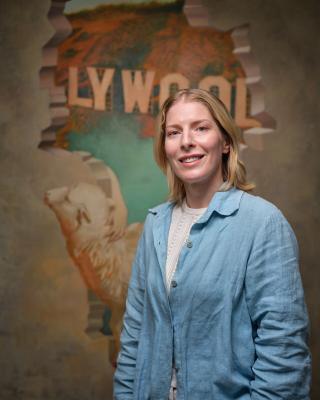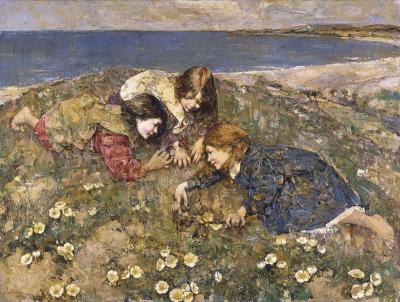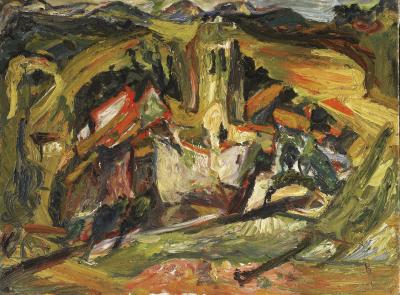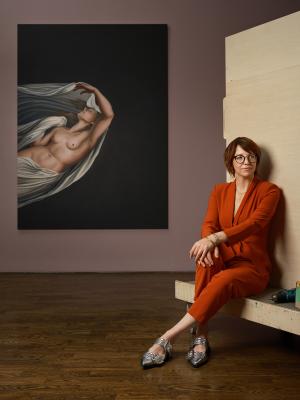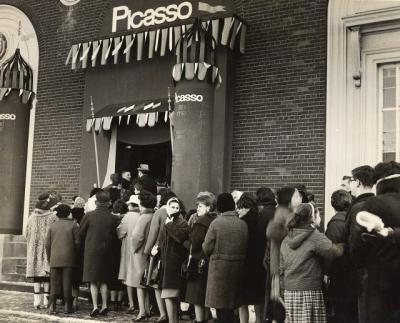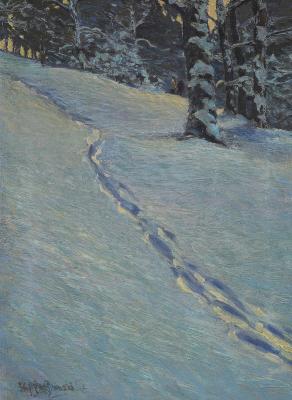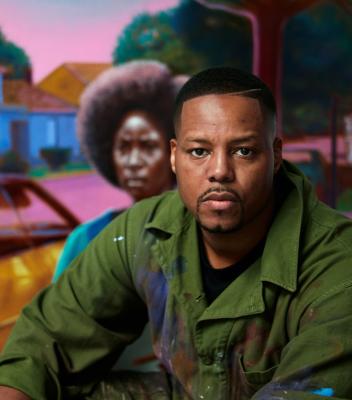
Snuff Bottle, with Inside Painting of Tan Xinpei
Take a closer look at a 19th-century snuff bottle painted by Ma Shaoxuan
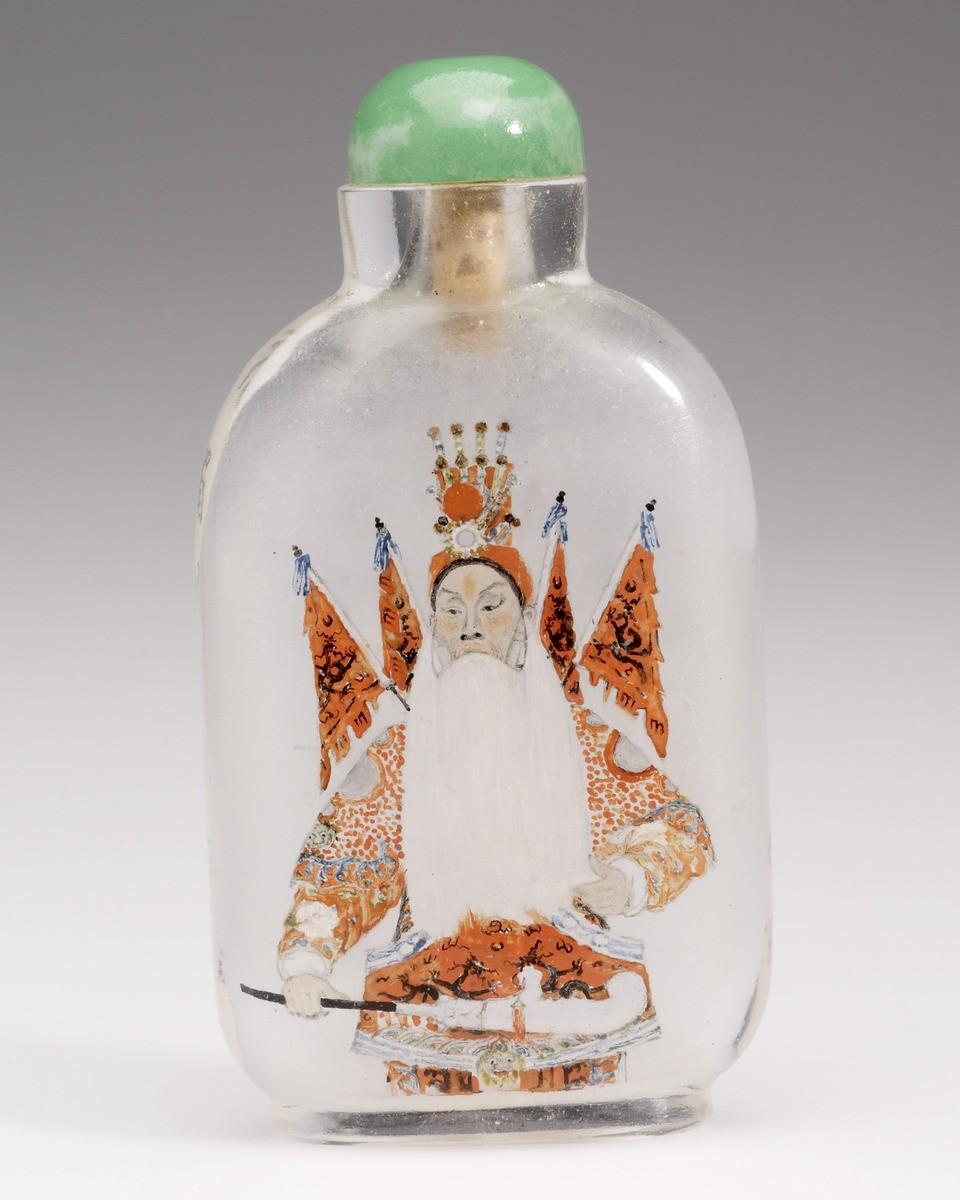
Ma Shaoxuan. Snuff Bottle, with inside painting of famous Beijing opera star Tan Xinpei, c. 1895. glass, Overall: 7.1 x 3.9 x 1.7 cm. The Thomson Collection at the Art Gallery of Ontario. Photo © AGO. AGOID.106890.
On October 15, 2025 at the AGO, collectors Robert and Lindsay Hall will discuss the history of snuff bottles and those in the Thomson Collection, followed by a live painting demonstration by contemporary snuff bottle painter Jinpeng Wang. Tickets can be purchased here on ago.ca.
--
For this RBC Art Pick, we make our way to the Thomson European Galleries on Level 1. There, set amongst the vast displays of European sculpture and decorative arts is a remarkable group of over 100 Chinese snuff bottles, made between the early 1700s and the early 1900s. To learn more, we asked Sylvia Xin Yue Wang, AGO Fellow, European Art, to write about the fascinating story behind one in particular on view in The Collector’s Cabinet (gallery 107). Here’s what Wang shared:
Snuff is powdered tobacco mixed with flavourings. Snuff taking was a fashionable habit in the Qing dynasty court (1644-1911). Bottles with an ivory spoons were especially designed to store and carry snuff, and they themselves became a symbol of wealth and status. The bottles were produced from various precious materials -- porcelain, coral, ivory, jade, and amber – with their distinctive designs manifesting the creativity and outstanding skill of the artists.
This RBC Art Pick features a remarkable glass snuff bottle painted with a portrait of the Beijing opera star Tan Xinpei (1847-1917), likely created in the final years of the 1800s. The portrait was actually painted from inside the bottle in reverse with an incredibly precise bamboo pen going through the narrow neck of the bottle. Here, the artist Ma Shaoxuan (1867-1939) portrays the well-known local performer Tan Xinpei. In Ma’s work, Tan is dressed in costume for his role of General Huang Zhong, an ancient Chinese military commander who lived over one thousand years earlier. In the painting, Tan wears orange armour with four ornamental banners. He holds a sword in his right hand, striking a pose with poise and determination. By painting an actor in costume, Ma was able to highlight Tan’s physical features and individual acting style, and Huang’s military capability. The poem on the reverse, followed by Ma’s autograph and seal, praises Huang’s martial prowess and Tan’s expertise in bringing the character of Huang so vividly to life.

Ma Shaoxuan. Snuff Bottle, with inside painting of famous Beijing opera star Tan Xinpei, c. 1895. glass, Overall: 7.1 x 3.9 x 1.7 cm. The Thomson Collection at the Art Gallery of Ontario. Photo © AGO. AGOID.106890.
Ma Shaoxuan was a celebrated and prolific inside-painted snuff bottle artist who lived in Beijing in the last years of the Qing dynasty. He painted birds, animals, landscapes, as well as portraits of Chinese and foreign leaders of his time -- including the last Qing emperor Puyi, Kaiser Wilhelm II, King George V, and Queen Mary. Ma is known for his mastery of writing calligraphic poems -- the reverse side of our bottle is an excellent example. Ma’s superb artistic skill was recognized internationally at age 49, when his work was celebrated at the Panama-Pacific International Exposition in San Francisco in 1915.
Corrie Jackson, RBC Senior Curator, adds, “There is an essential connecting tissue that this object holds – embodying an intersection of object-based and performing arts as well as the inclusion of the written word. The depiction of Tan Xinpei by Ma Shaoxuan, and the celebration of performance and skill noted in the poem reflect a respect and celebration from one artist to another.
RBC is a long-standing supporter of the arts across genres, including music, film, dance, theatre, literature and the visual arts. RBC has been Signature Partner of the AGO since 2017, including its RBC Artists in Residence program. Since 2003, RBC’s investments in arts organizations have exceeded $90 million, supporting over 28,000 artists.”
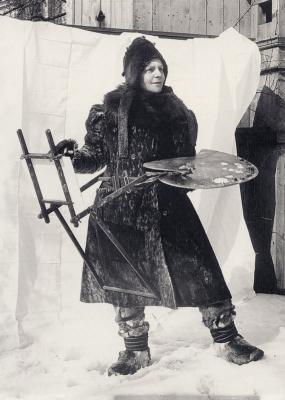
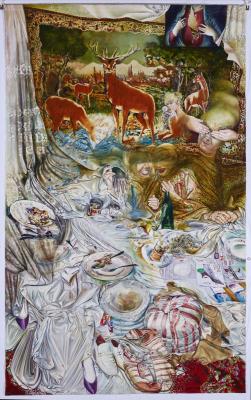
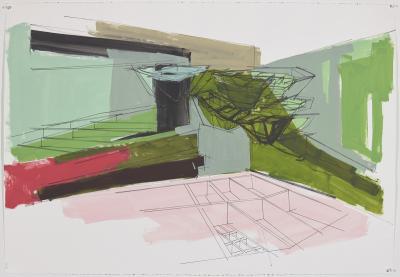

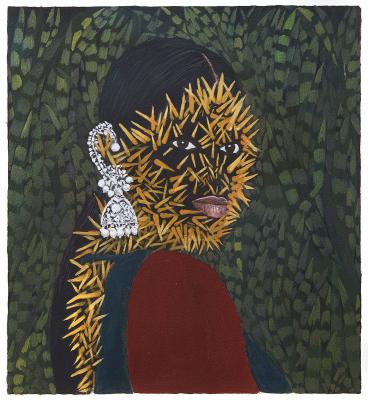

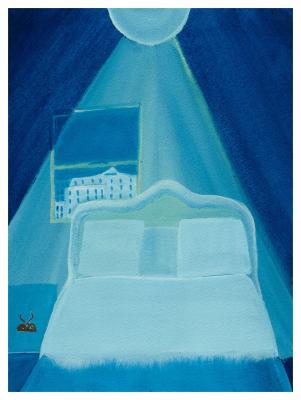
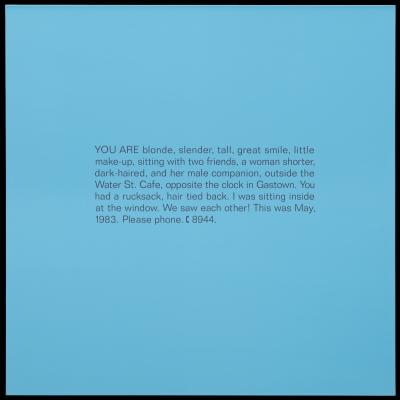
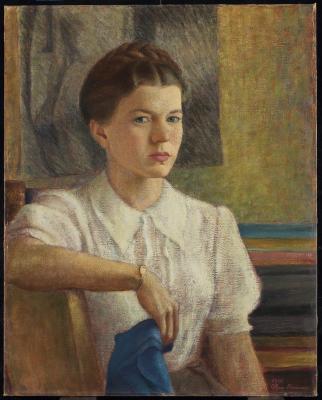
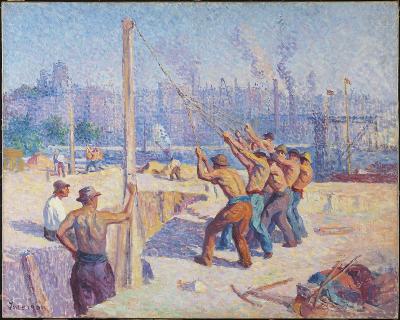
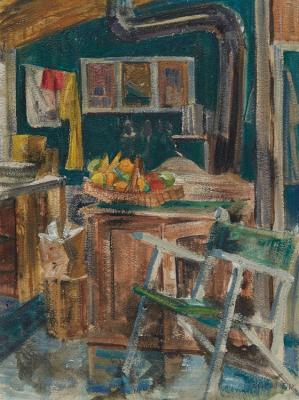
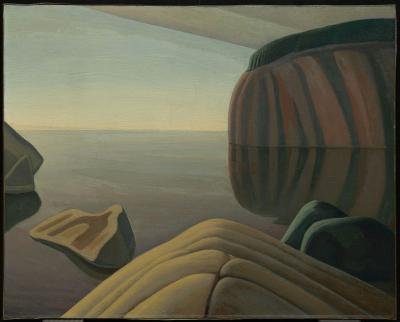
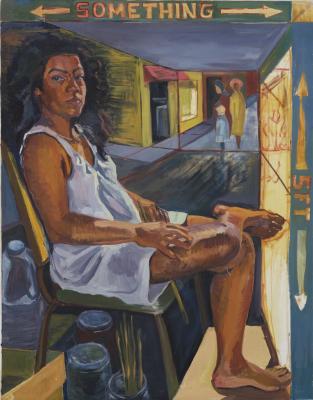
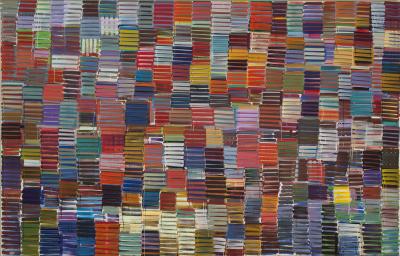

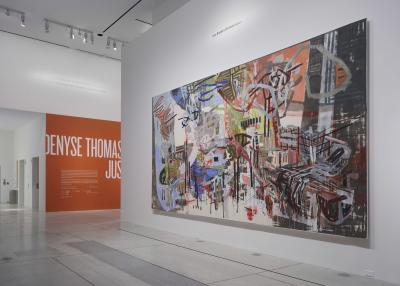
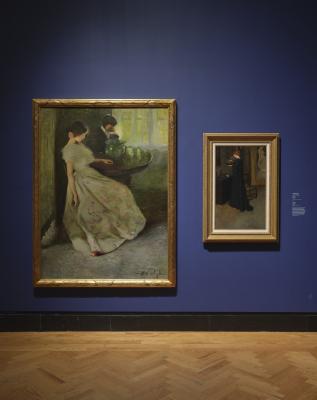
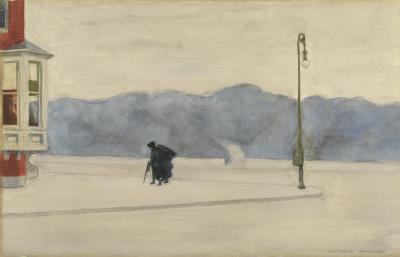
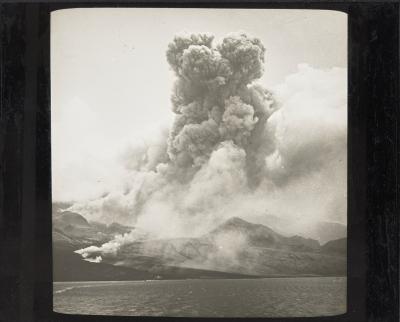
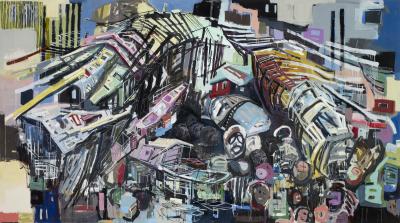
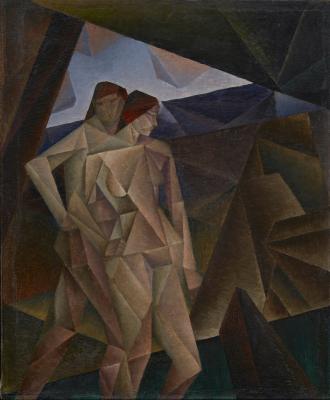
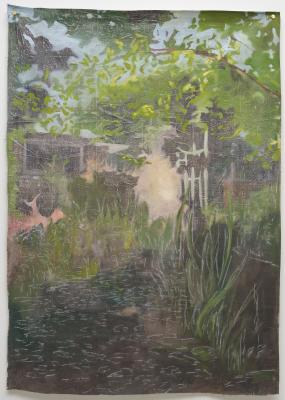
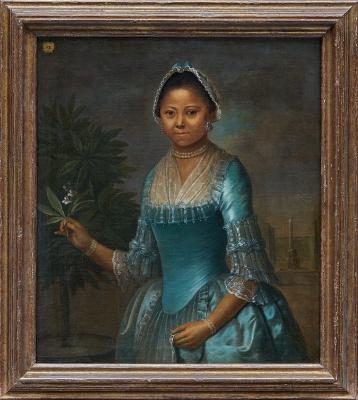

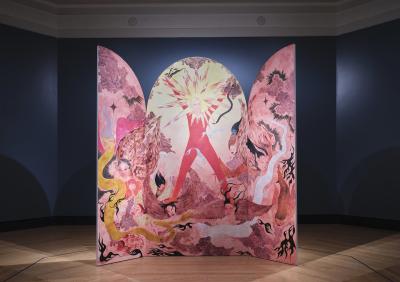
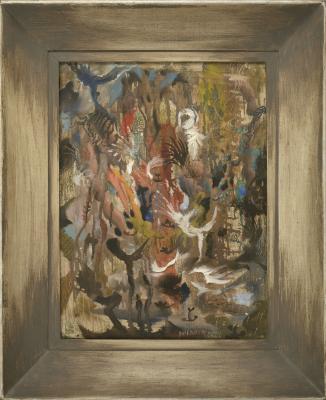
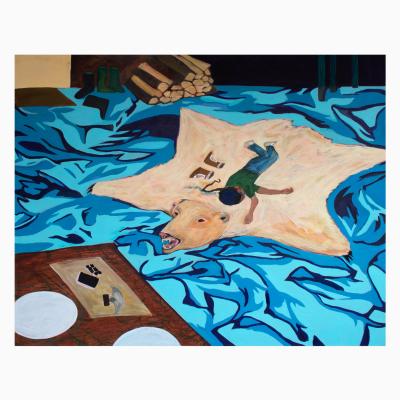
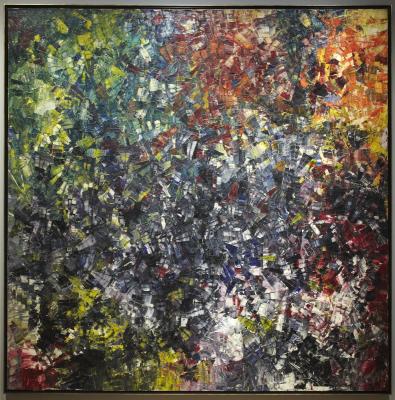
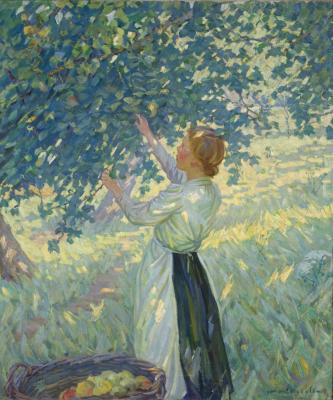
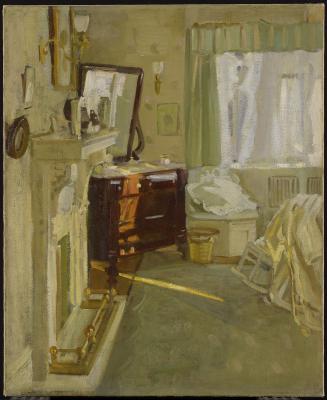
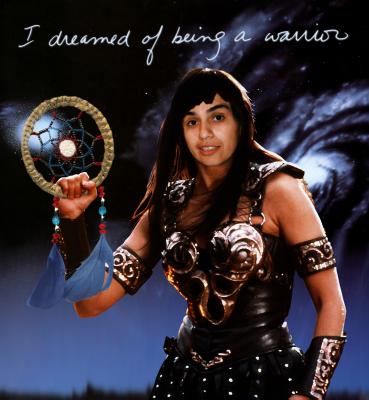
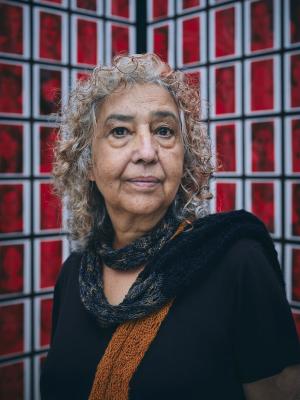
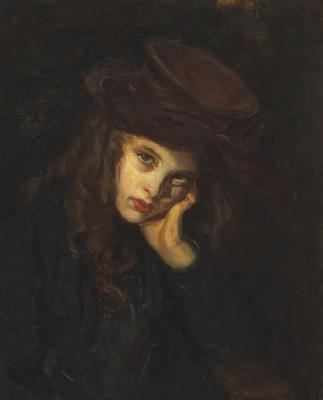
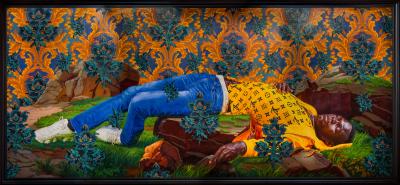

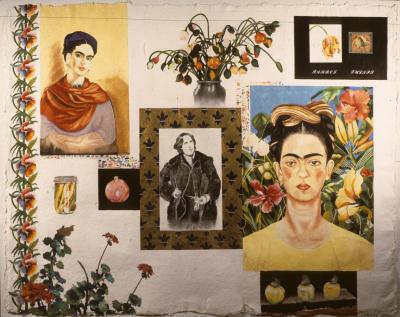
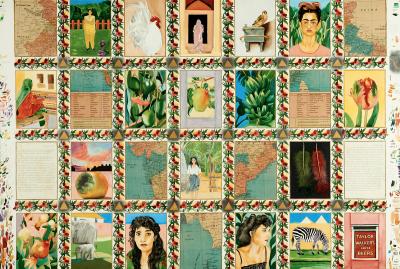
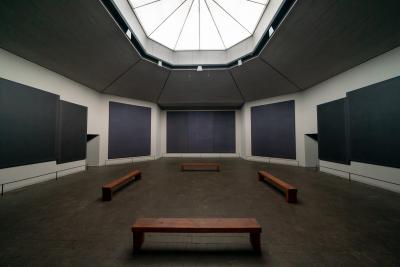
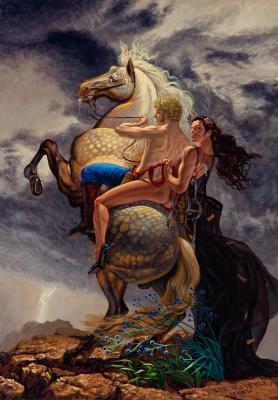
![Keith Haring in a Top Hat [Self-Portrait], (1989)](/sites/default/files/styles/image_small/public/2023-11/KHA-1626_representation_19435_original-Web%20and%20Standard%20PowerPoint.jpg?itok=MJgd2FZP)
